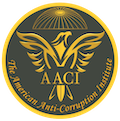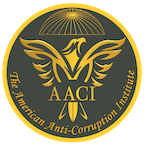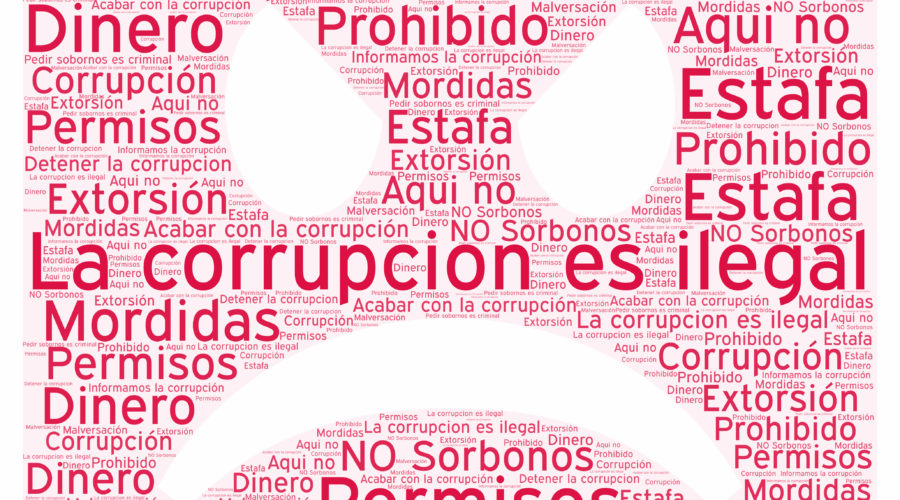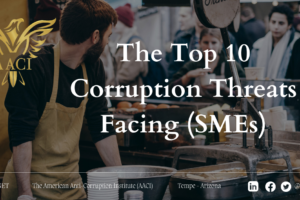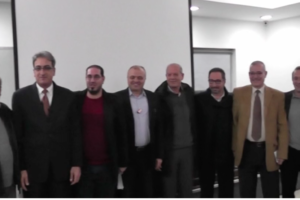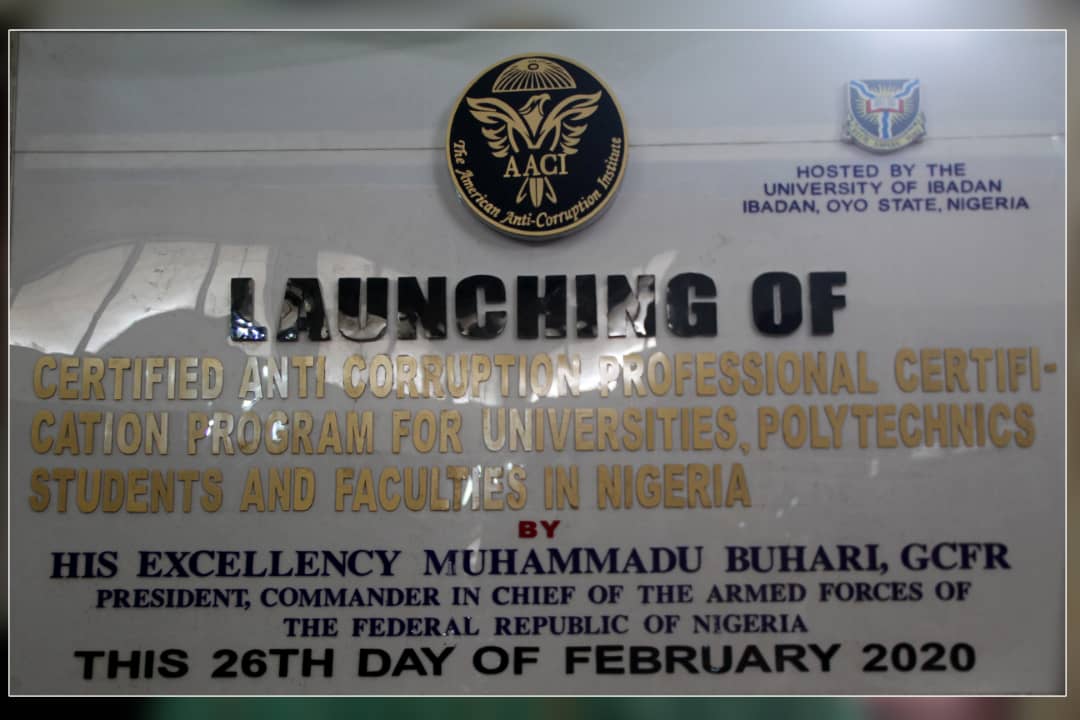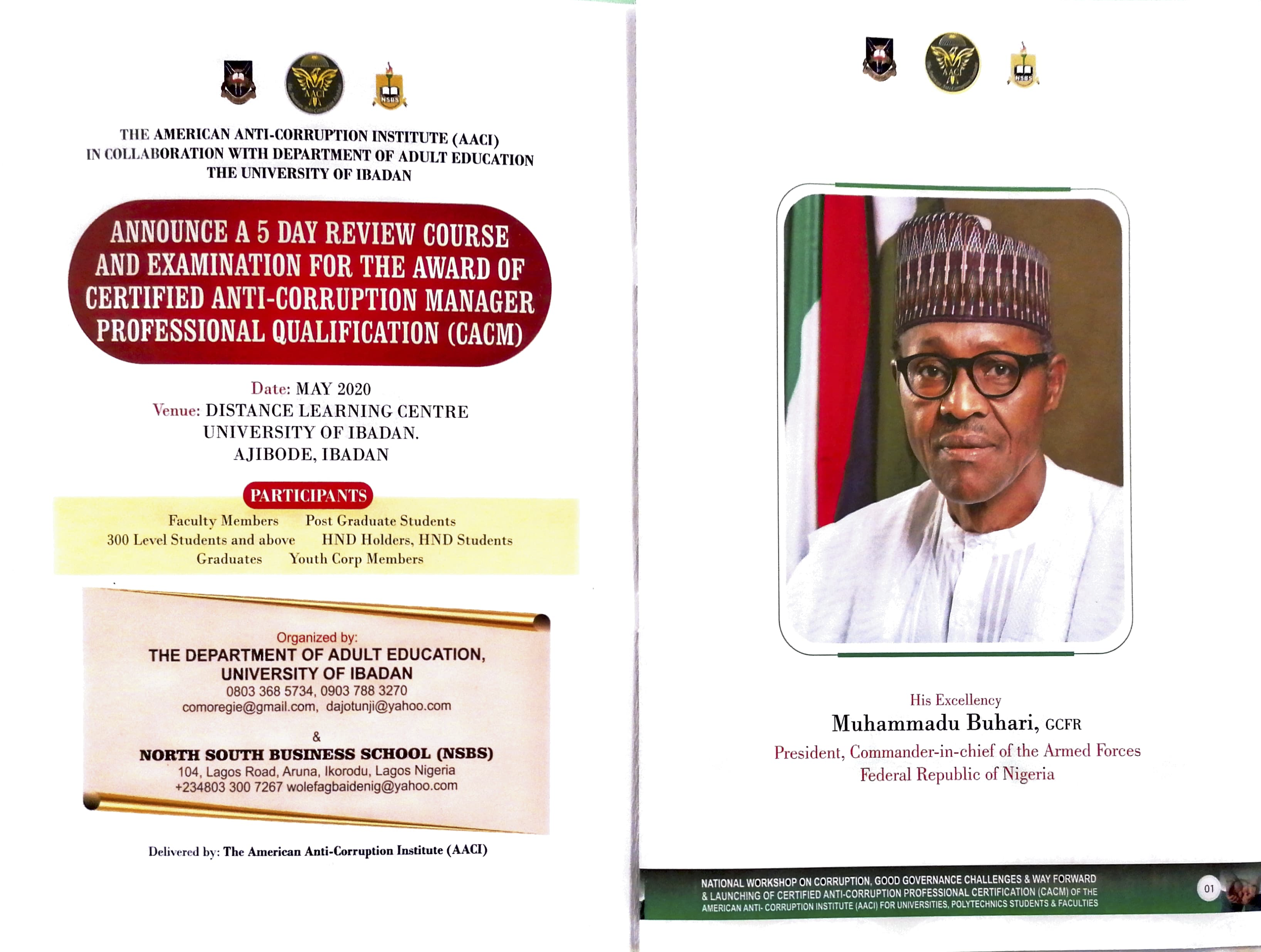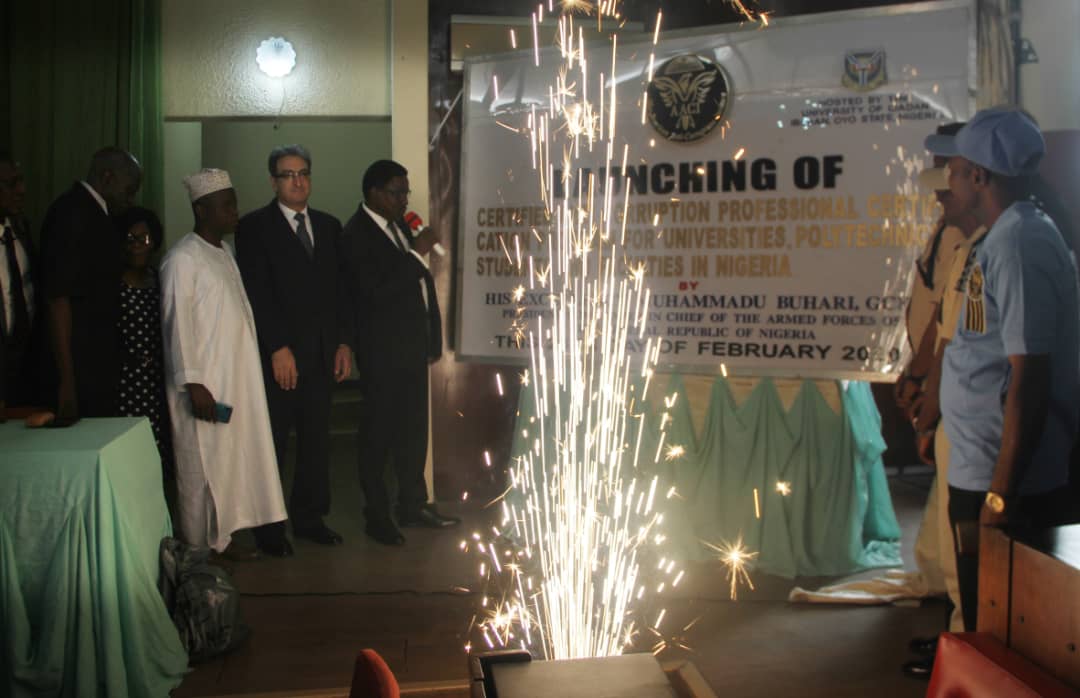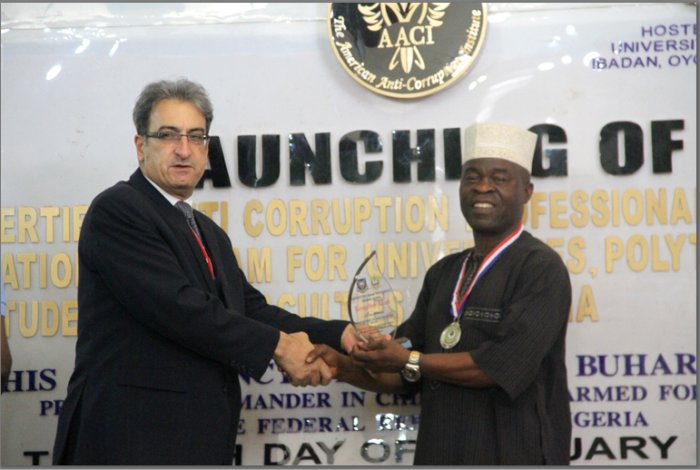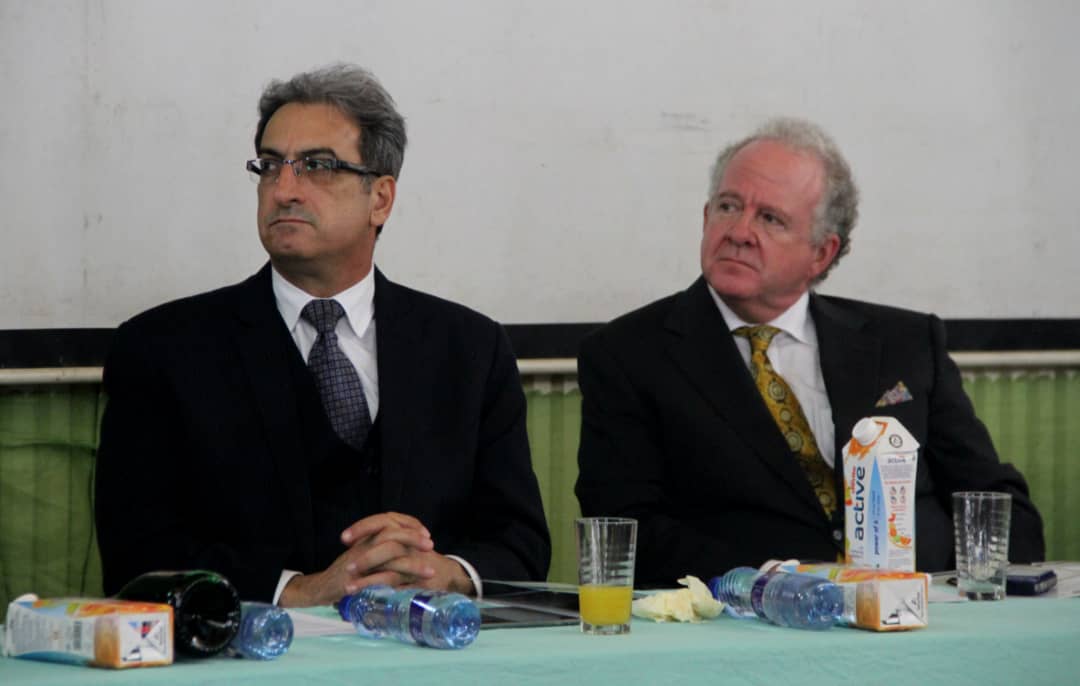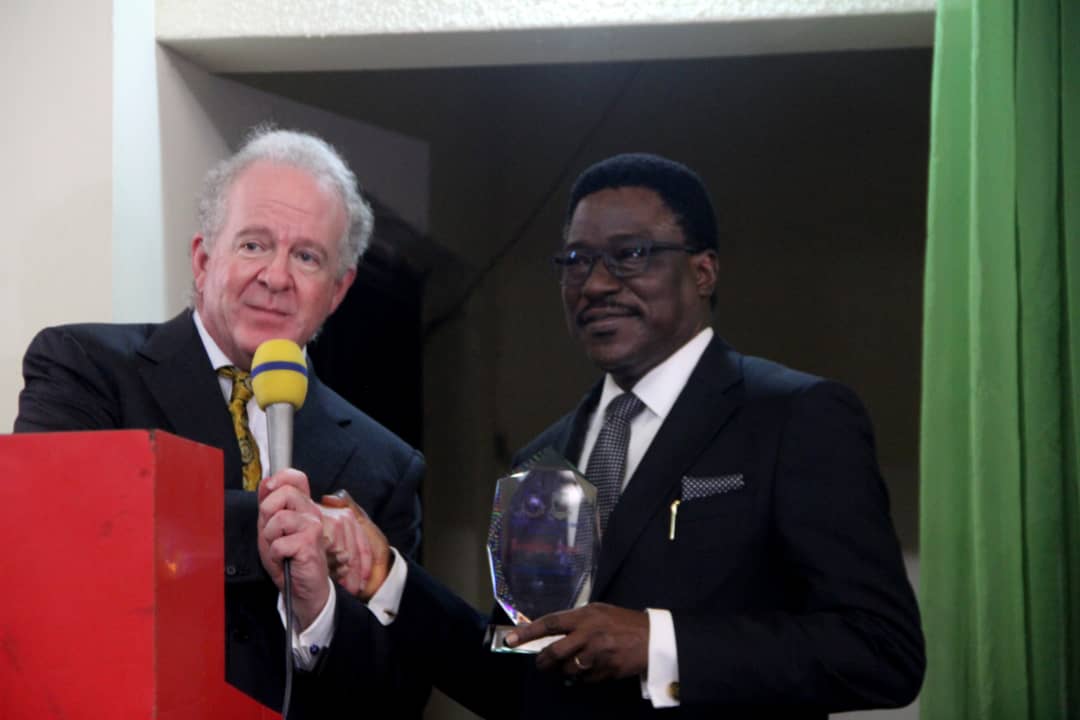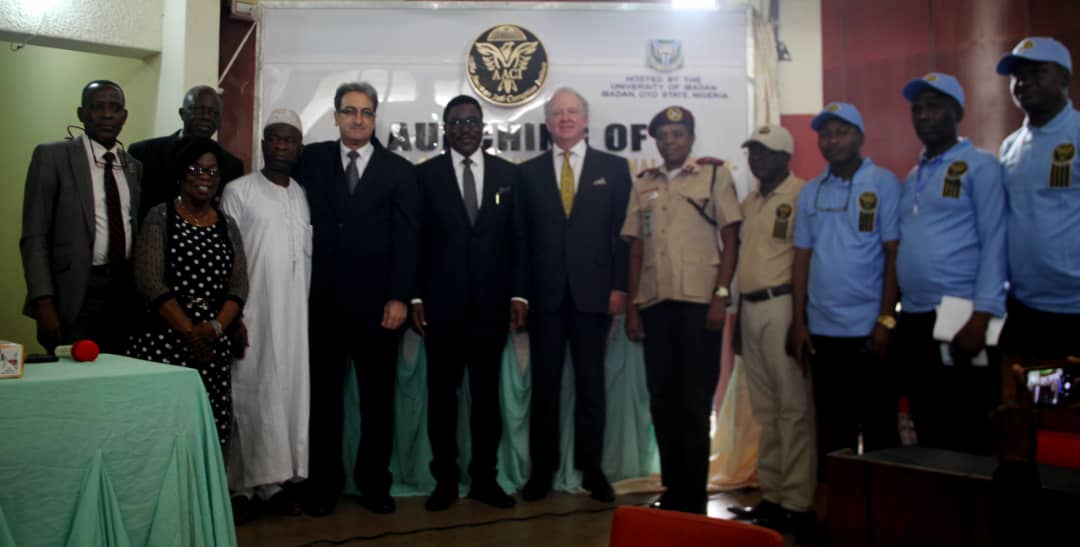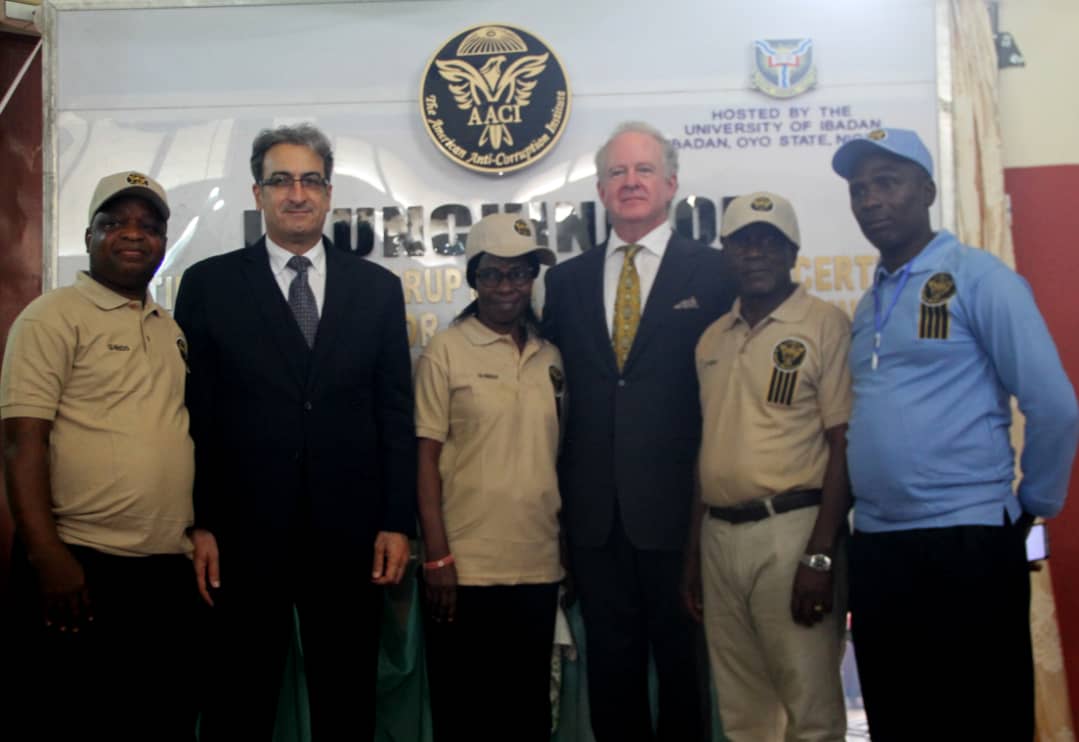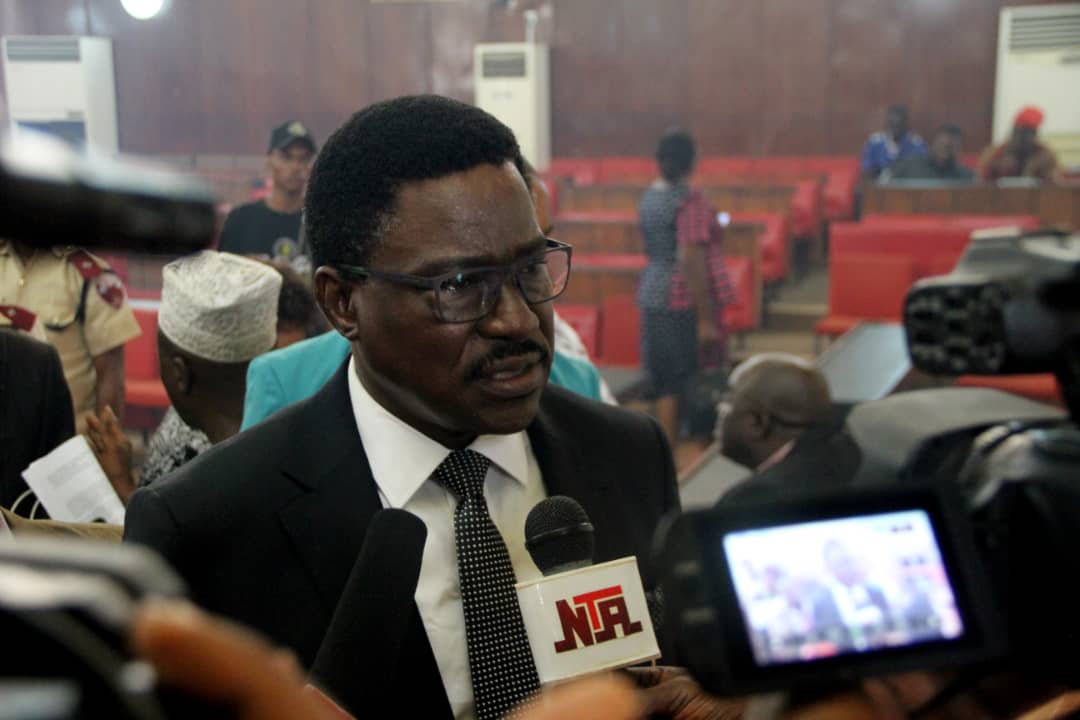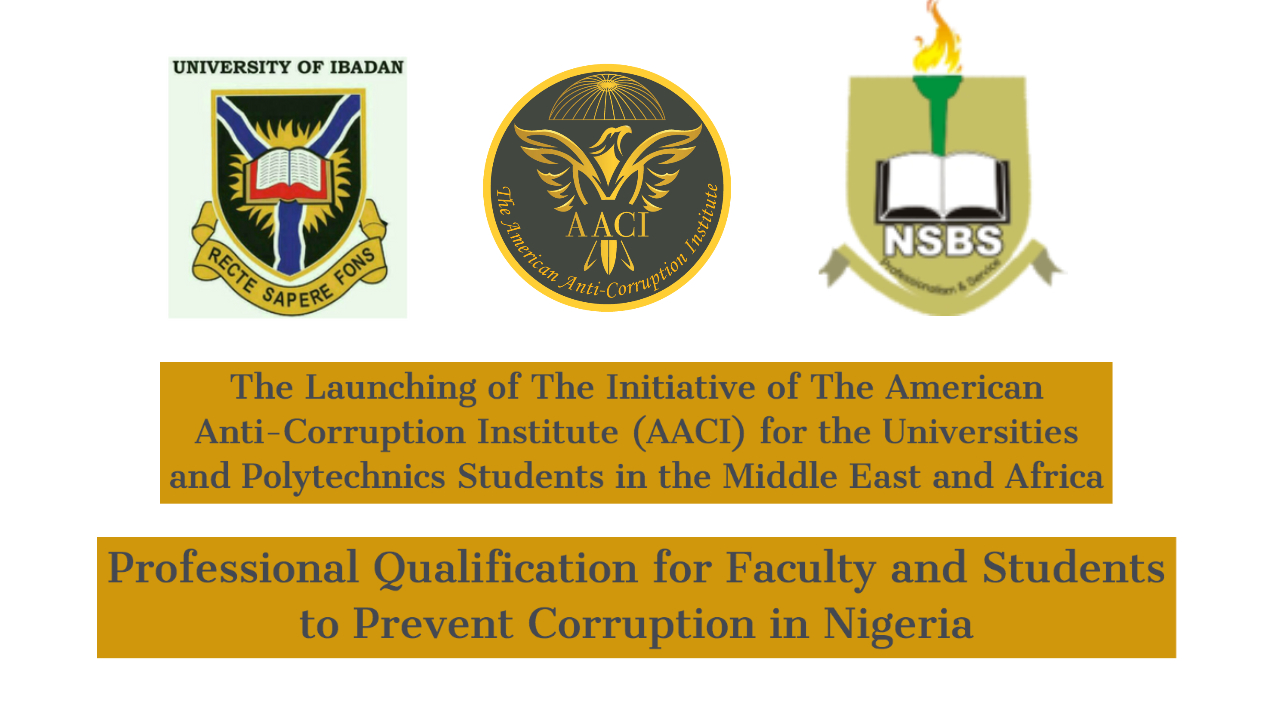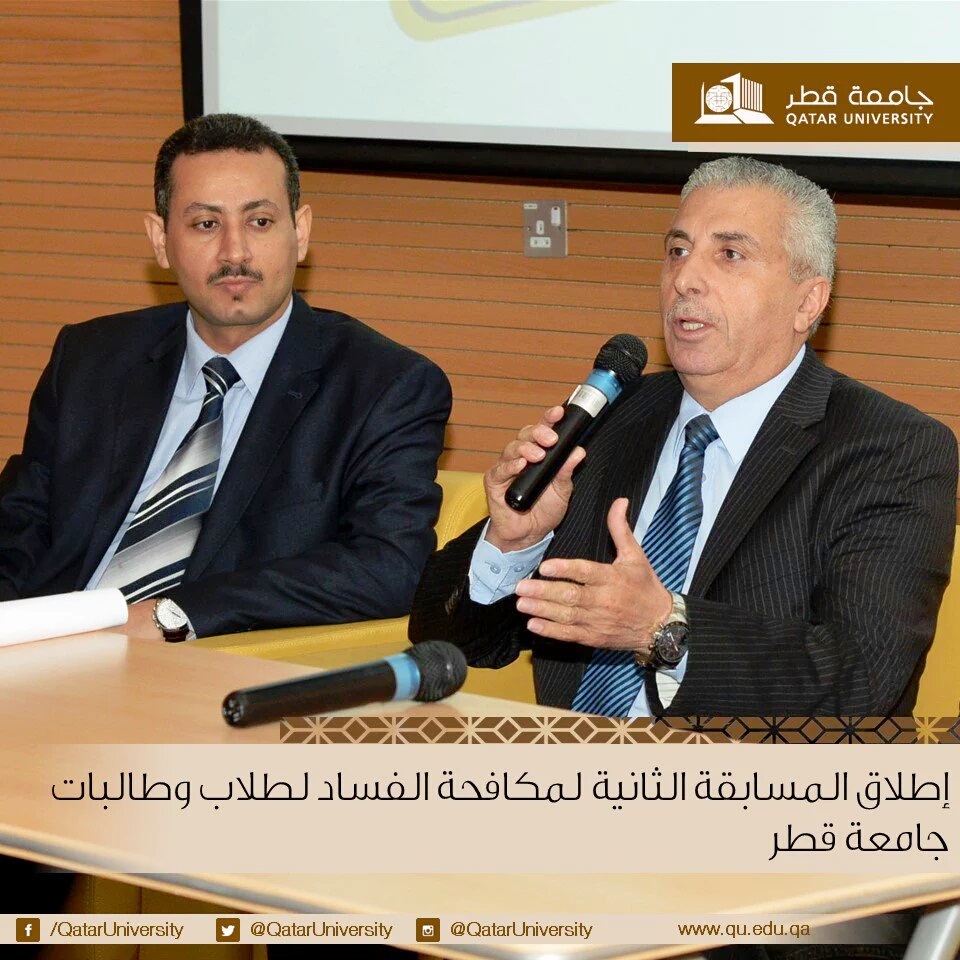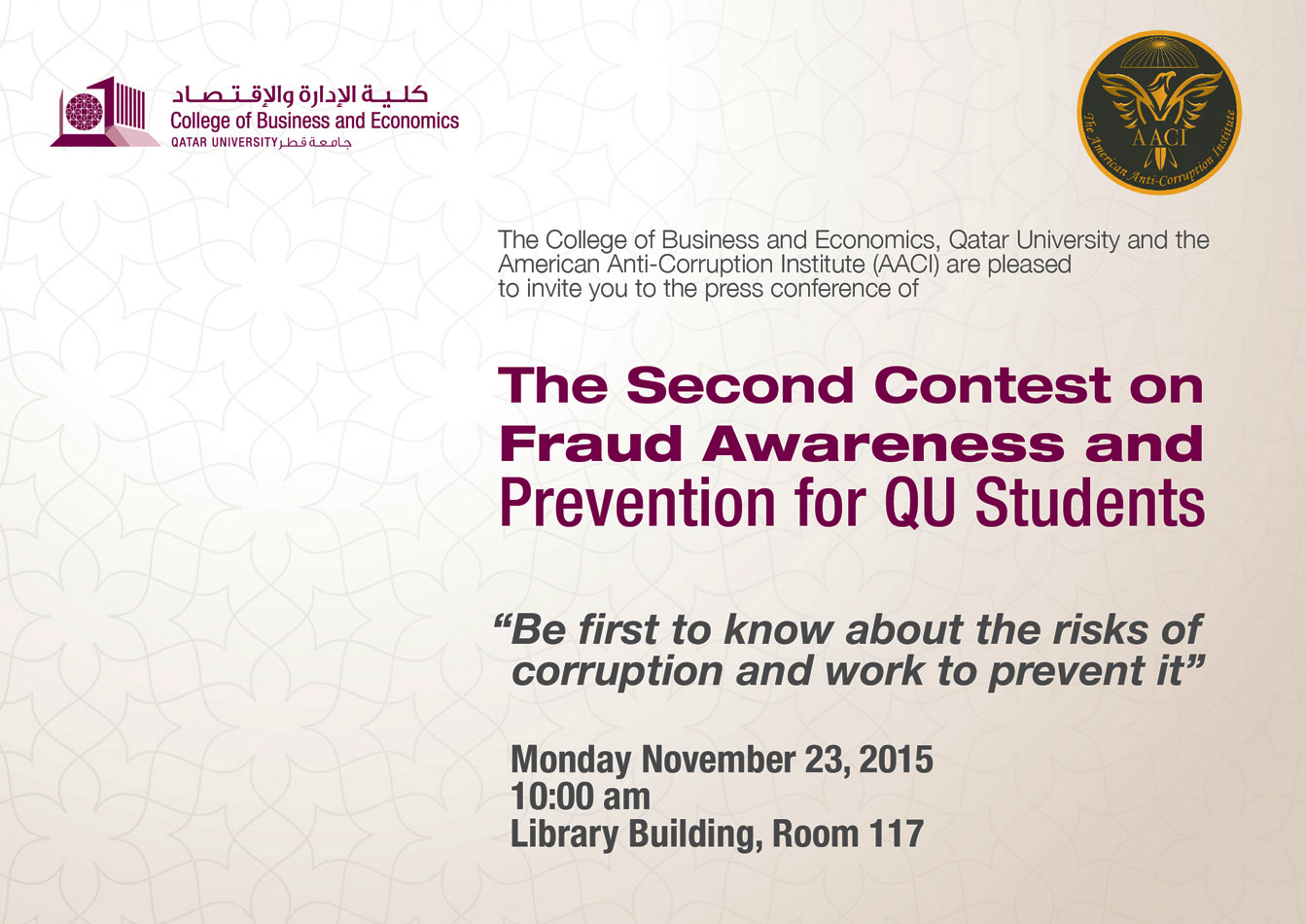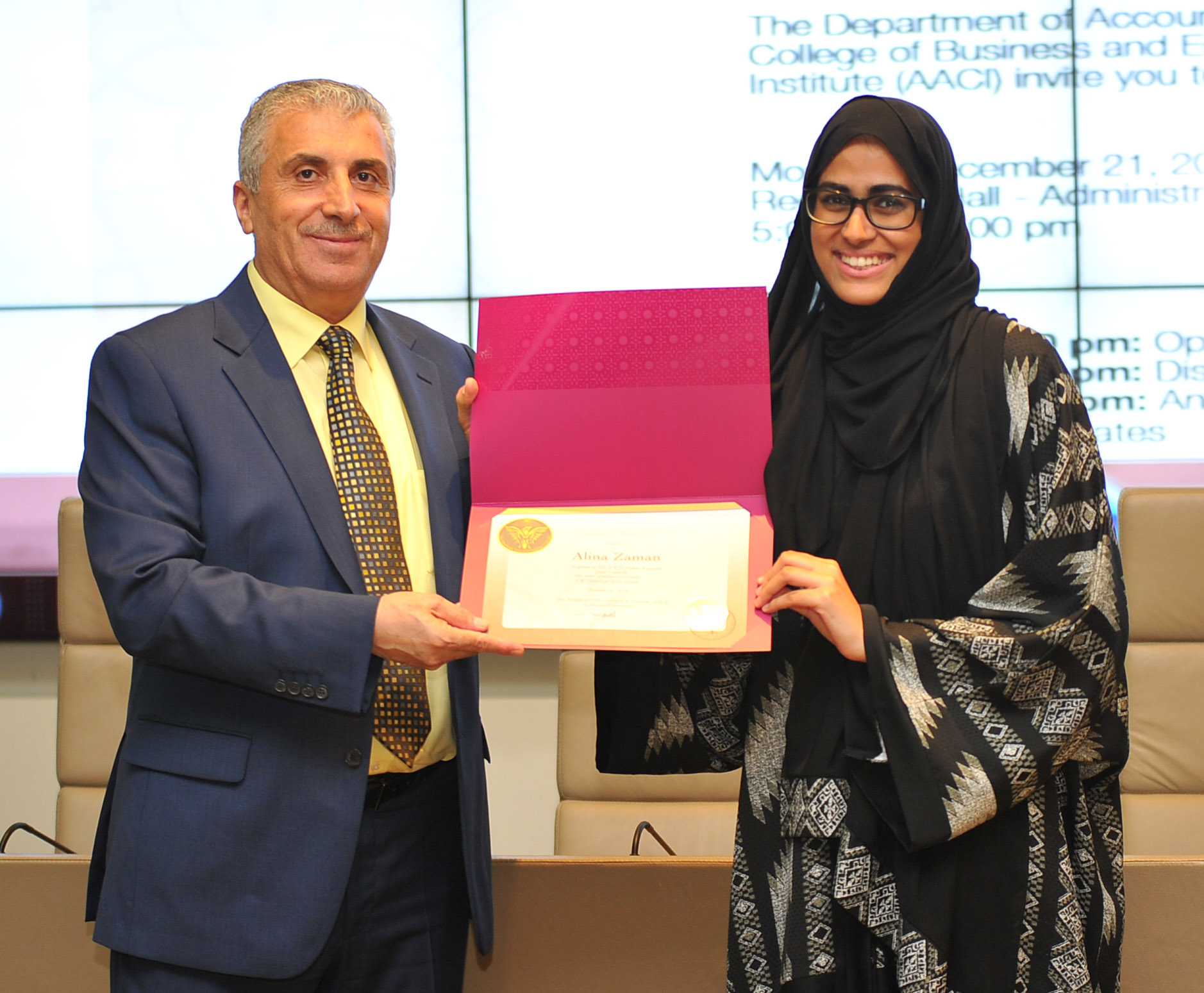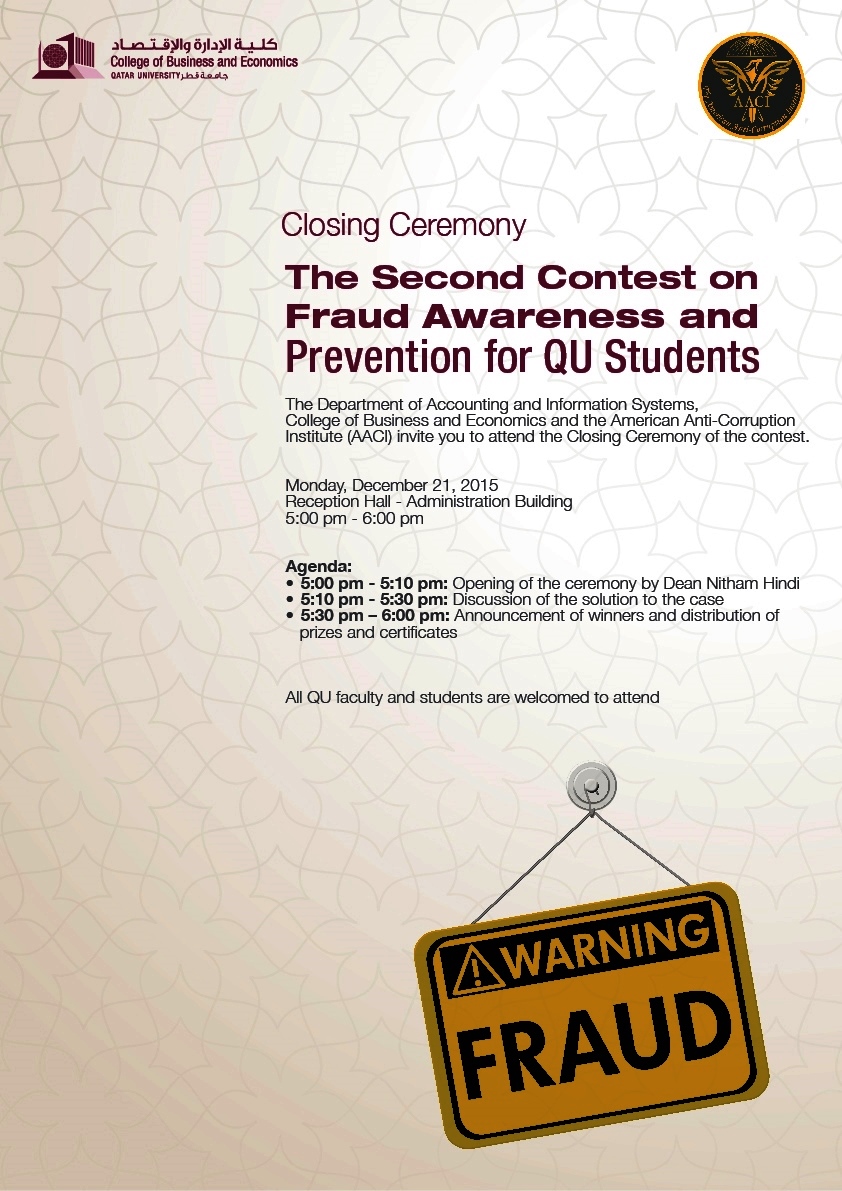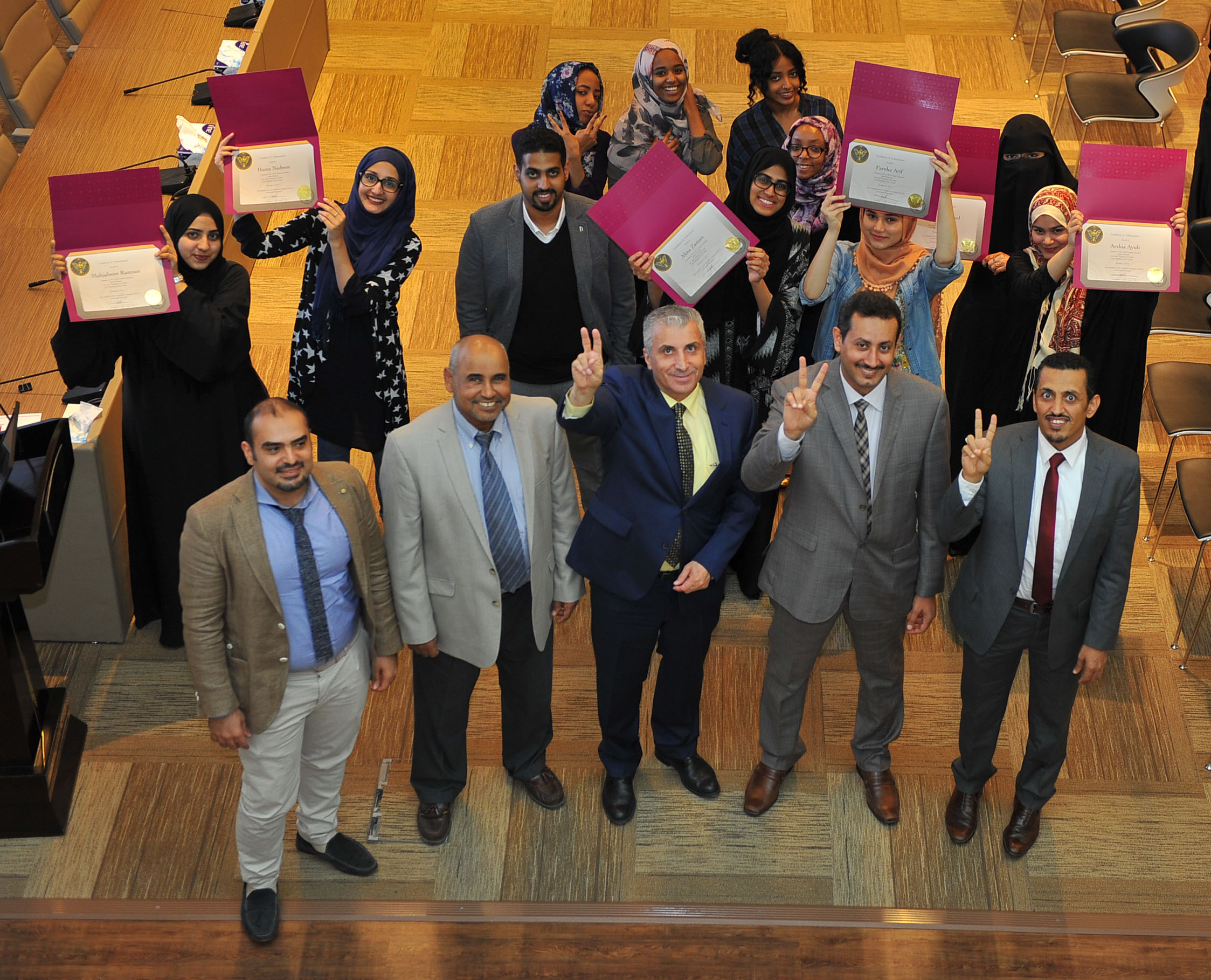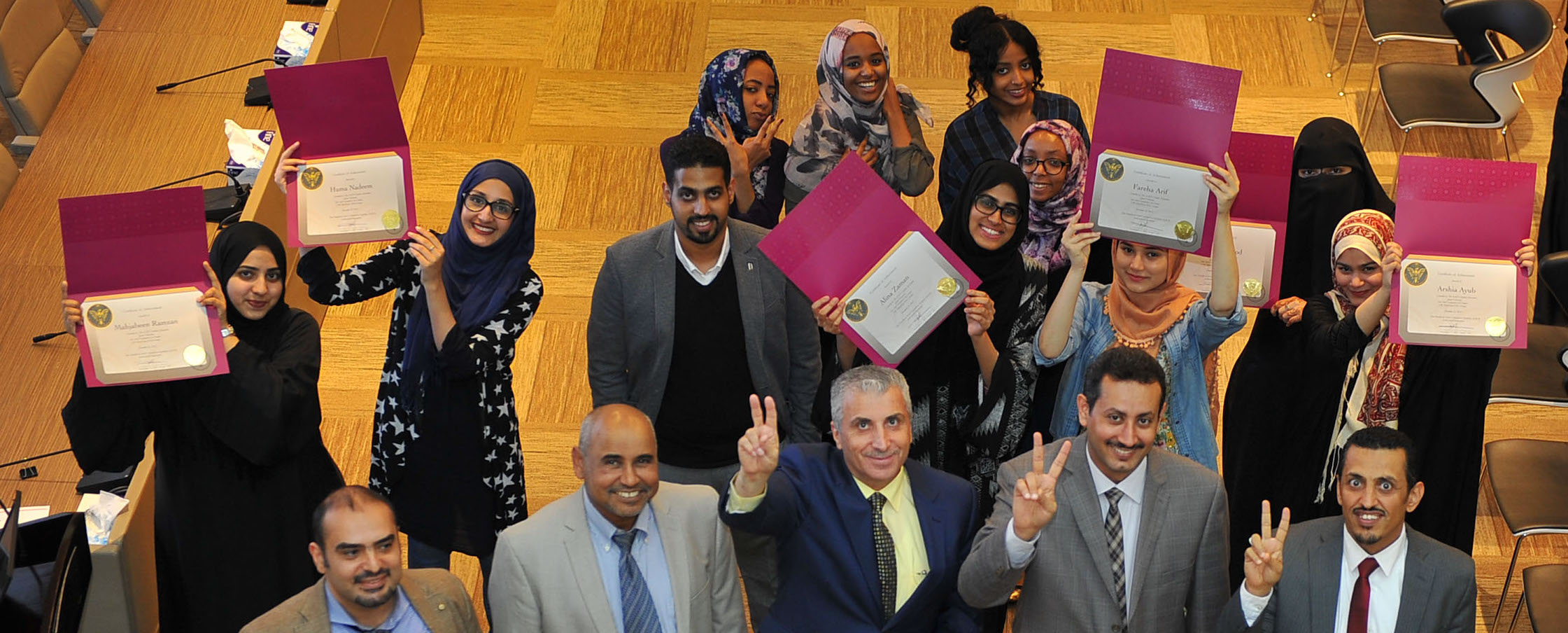Bill Dahl
During my investigative journalism series regarding public health and environmental hazards in Jalisco, Mexico, one question that continued to rise to the top was corruption. In my research, I identified a superb expert: Dr. Jose Ivan Rodriguez-Sanchez. He is currently in residence at Rice University’s James A. Baker III Institute for Public Policy – Mexico Center.
In December 2018, Mexico elected a new President: Andres Lopez Manuel
Jose Ivan Rodriguez-Sanchez, Ph.D., [efn_note]BIO: Excerpt
Prior to joining the Baker Institute, he studied the energy and water markets of the Paso del Norte region as a research associate for the Hunt Institute at The University of Texas at El Paso. Rodriguez-Sanchez also worked as a deputy director in environmental economics at the Instituto Nacional de Ecología y Cambio Climático (INECC), where he analyzed different environmental problems in Mexico and crafted different public policy solutions. He has taught economics classes and seminars at the University of Colorado at Boulder, Instituto Tecnológico y de Estudios Superiores de Monterrey, Universidad Iberoamericana Puebla, Universidad de las Américas Puebla, Universidad Popular Autónoma del Estado de Puebla and Universidad Tecnológica de la Mixteca. His work has also been published in both academic and non-academic publications.
Rodriguez-Sanchez received a bachelor’s degree in actuarial science and a master’s degree in economics from the Universidad de las Américas Puebla, and master’s and doctoral degrees in economics from the University of Colorado at Boulder, where he specialized in environmental economics, international trade and econometrics.
His most recent research and publications include Corruption in Mexico and Measuring Mexico’s Corruption
The following is my interview with Dr. Rodriguez-Sanchez:
The Economic Consequences of Corruption in Mexico
Q: My first question is: What led you to your current scholarly research and publication focus on the subject of Corruption in Mexico?
A: The economy of Mexico has not grown at the level needed to diminish major problems such as poverty, inequality, and crime in the last years. Hence, many Mexicans have had to migrate to the U.S.to improve their welfare. The economic growth of Mexico was approximately 2.5% during the presidency of Enrique Peña Nieto (2012-2018). This level of growth was not expected since many reforms and agreements were signed during his presidency that impaired GDP growth. One variable that could explain this low growth is corruption. Academia started to analyze this topic after major scandals of corruption in the public sector emerged to the media. However, this analysis is still in an initial stage and more work is needed. When I started working in the Mexico Center at the Baker Institute and after talking with Dr. Payan about this problem, I realized that we could analyze this topic to find the causes and consequences of corruption in Mexico from an economic perspective. Its definition and measurement are complex but doing that can help me to understand and provide efficient public policies that could diminish this problem in Mexico.
Mexico Is One of the Most Corrupt Countries in the World
Q: In your publication, Measuring Mexico’s Corruption (p.9/14), you state: “In 2017, Mexico scored 1.5 out of 6 and was ranked 126 out of 140 countries using the corruption component of the ICRG. Mexico dropped 25 places from 2012 to 2017, and it had
A: There are different opinions on whether corruption is systemic in Mexico or not. In general, it seems that in Mexico corruption is a way to do business with the government. Corruption is in all levels of Mexican government and hence, it seems that corruption is systemic. I think this is almost the
Mexico’s Severe Corruption Problem that Has Increased Rapidly in Recent Years
Q: You write: “Mexico has a severe corruption problem that has increased rapidly in recent years. Its international ranking has dropped dramatically in the last few years, and Mexico is now at the bottom in lists of corrupt countries in almost every international survey.” (p.14 – Measuring) – My questions are: Why such an increase? What factors led to increasing corruption in such a short period of time in Mexico? Is measurement simply becoming better?
A: The problem of corruption in Mexico has increased rapidly in recent years due to major cases of corrupt acts such as Odebrecht, PEMEX, La Estafa Maestra, and diversion of public funds by former governors (e.g. Javier Duarte, Andres Granier, Roberto Borge). All these cases of corruption in the public and private sectors have affected the perception of corruption of Mexicans in the last years and hence, the indices that are based on it. A key factor that has increased this perception is impunity. During the presidency of Peña Nieto, all these cases went unpunished. The problem of corruption in Mexico has increased due to the high level of impunity. Unfortunately, the law does not apply in Mexico and corrupt acts are almost never punished. This impunity creates a system of corruption that can be diminished if corrupt acts are persecuted and punished.
To reduce corruption, we need to understand it better, and to achieve this reduction we must define corruption, and measure it more accurately. All these indices of perception of corruption has helped academia to understand and come up with better methodologies to measure corruption. Hence, these methodologies have improved in recent years, but still we must continue working on better methodologies for the perception of corruption and the actual level of corruption particularly in developing and poor countries.
Implementing Mexico’s National Anti-Corruption System
Q: In regard to developing (and implementing) effective public policies – The context for my question is this: According to multiple sources, “A landmark anti-corruption reform package that created a National Anti-Corruption System (Sistema Nacional Anticorrupción, SNA) and laid the foundation for a tougher and more comprehensive approach to combating corruption entered into force in July 2016.” [efn_note] https://www.wola.org/wp-content/uploads/2018/05/ENGL-Corruption-Report.pdf – Great Report on MX – Maureen Meyer is WOLA’s Director for Mexico and Migrant Rights. Gina Hinojosa is WOLA’s Program Assistant for Mexico – MEXICO’S NATIONAL ANTI-CORRUPTION SYSTEM A Historic Opportunity in the Fight against Corruption
A: The president of Mexico, Andrés Manuel López Obrador, said in his first speech to the Congress that he is going to end corruption and impunity that prevent Mexico’s rebirth. Indeed, the abatement of corruption in all levels of government is one of the objectives of his agenda. He pointed out that corruption can be dissuasive if he is honest and all other government workers emulate him. Unfortunately, he did not provide a specific plan to end corruption. Also, he sends confusing signals. He said that he will not punish corrupt acts that happened in the past, but for many years he accused people involved in corrupt acts of affecting Mexico. He has to obey the law and trust in the institutions that are in charge of overseeing the proper use of public funds and punish corrupt acts. The implementation of the SNA can provide AMLO with a high level of trust from Mexicans, since they promoted the development of this system. If he achieves to implement it with an autonomous prosecutor, the impact against corruption would be even greater. However, one problem is that the SNA needs public funds and up to now, AMLO has allocated less resources to key institutions that oversee the use and transparency of public resources. Hence, the implementation of the SNA could last longer, but if AMLO wants to end corruption, he should implement it as soon as possible.
The State of Measuring Corruption
Q: As I read your most recent work about Measuring Corruption in Mexico, a quote from Former London School economist and social philosopher Charles Handy kept floating into my mind. Handy wrote: “The first step is to measure whatever can be easily counted. This is OK as far as it goes. The second step is to disregard that which can’t be easily measured or to give it an arbitrary quantitative value. This is artificial and misleading. The third step is to presume that which can’t be measured easily really isn’t important. This is blindness. The fourth step is to say that which can’t be easily measured really doesn’t exist. This is suicide.”[efn_note] Handy, Charles The Age of Paradox, Harvard Business School Press © 1994 p. 221.[/efn_note] My question is: How is this quote pertinent to the current state of measuring corruption in our world today?
A: Measuring corruption is very complex and measuring all corrupt acts in a society is a titanic task. However, institutions and academia must face this challenge and propose different and better approaches and methods to measure corruption. Corruption is present everywhere and acts as a contagious disease, but since it is under the surface, obtaining the number of corrupt acts and the costs of corruption to society is almost impossible. This does not mean that we cannot try to obtain these figures and improve methods, surveys, and indexes to measure corruption. It is worthwhile to face this challenge and inform society and the government about the seriousness of the problem of corruption in a city or a country. We have to start simple (e.g. one corrupt act) and then move to more complicated structures with the main objective to deter this problem that limits economic growth, development, and the welfare of people. [efn_note] https://mexiconewsdaily.com/news/anti-corruption-plan-sees-little-progress/ – Anti-Corruption Plan sees Little Progress – 5/25/2017.[/efn_note]
The Environment & Public Health – A Form of Corruption?
Q: I have written extensively on the water supply and quality crisis in the Lerma-Chapala-Santiago basin. As the Lake Chapala situation relates to the Flint, Michigan debacle in the U.S. it has been said that” “In
A: The mismanagement of public funds affects people related directly and indirectly to the basin in different ways. People cannot have the possibility to be protected against different diseases generated by this
Further Research
Q: What are your next research endeavors regarding the subject of Corruption in Mexico?
A: The problem of corruption affects society in many ways and the causes and consequences of corruption have been discussed in recent years by academia. This discussion has been theoretical, and researchers have put it into practice and have measured the consequences of corruption and have found the causes of corruption in some countries using specific data from international surveys. However, in
Conclusion
For Mexico in 2019, a significant, measurable reduction is corruption is essential to realize President Lopez-Obrador’s agenda. How that might be accomplished remains uncertain, at best.
Special thanks to Dr. Jose Ivan Rodriguez-Sanchez and the James A. Baker III Institute For Public Policy – Mexico Center at Rice University.

About The Author

Bill Dahl is a U.S. based investigative journalist who recently completed 4 weeks in the Guadalajara/Chapala region of central Mexico examining the current challenges that inhabit the area. He holds a Bachelor’s and Master’s Degree in Criminal Justice from Washington State University, where he served as a Research Assistant in the Social Research Center. He has taught at the university and community college levels in the U.S. He has been a featured speaker at seminars and conferences in the U.S. and abroad. He has also served as Vice President & Chief Operating Officer for an engineering company with expertise in hydrology related matters. During his business career he was an SVP for Bank of America and The Chrysler Corporation. His written work is widely published including – but are not limited to – the subjects of U.S. immigration reform, at-risk youth, racism, international relations, public health, safety, economics, corruption and the environment. He is currently a Columnist for Mexico News Daily. He has been a contributing columnist to Los Angeles based Hispanic Vista, Immigration Law Weekly (NY, NY), and an Op-Ed contributor for the Los Angeles Times – among many others.He can be reached at https://www.BillDahl.net
End Notes
